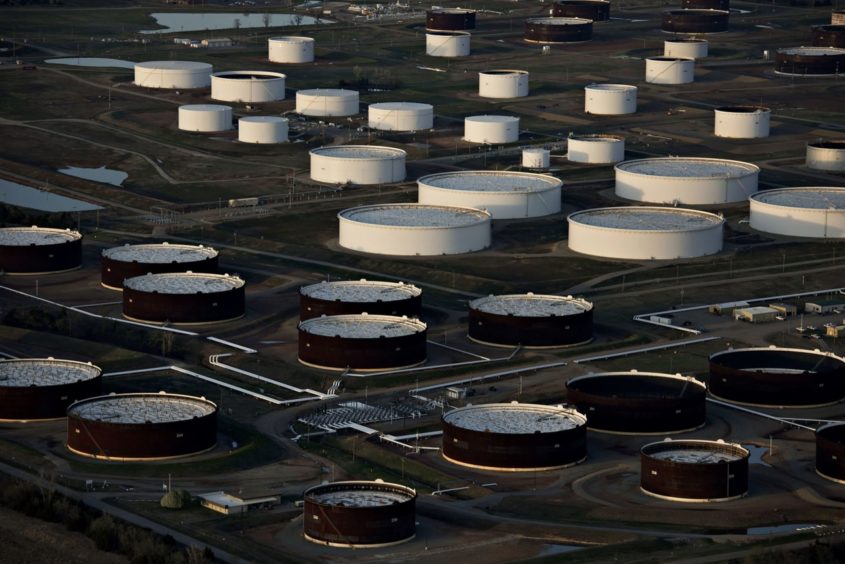
Oil headed for the biggest weekly loss this year after banking turmoil rippled across global markets, with investors watching for a potential response to the rout from OPEC and its allies.
West Texas Intermediate futures rose above $69 a barrel on Friday, but are still down about 10% for the week. OPEC+ chiefs from Saudi Arabia and Russia met in Riyadh on Thursday, and discussed efforts by the group to “promote market balance and stability.” The cartel’s monitoring committee, which can recommend a change in production, is scheduled to meet on April 3.
OPEC+ will likely sit tight and monitor the market unless Brent drops below $70 a barrel for a sustained period, according to industry consultant FGE, while Energy Aspects said the producer group will probably wait for financial markets to calm before deciding whether to react.
Troubles at Credit Suisse Group combined with options covering to drive oil to its lowest level in 15 months this week. While markets are starting to see some stability, investors will also be watching to see if the Federal Reserve will hike interest rates again next week following the turmoil.
“External factors continue to dictate price action for oil,” said Warren Patterson, head of commodities strategy for ING Groep NV. “The scale of the selloff in oil will likely be a concern for OPEC+, but they are unlikely to take quick action, instead they will probably wait for the dust to settle.”
Oil may struggle to make robust gains in the near term, with OPEC this week forecasting a modest surplus in the second quarter, a typical period of soft demand before the summer. The International Energy Agency also said that the market was already in surplus on stubborn Russian output.
Prices
WTI for April delivery rose 1.1% to $69.13 a barrel at 12:08 p.m. in Singapore.
Brent for May settlement gained 1.1% to $75.52 a barrel.